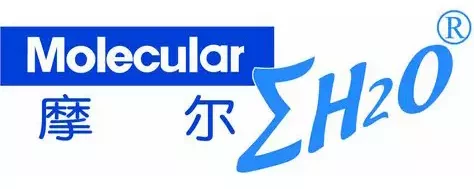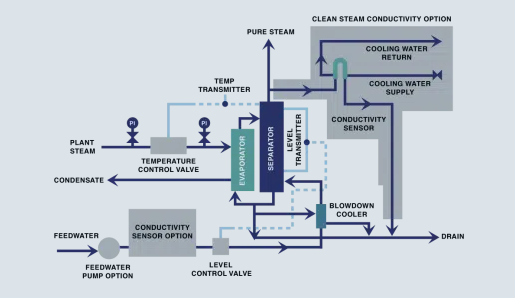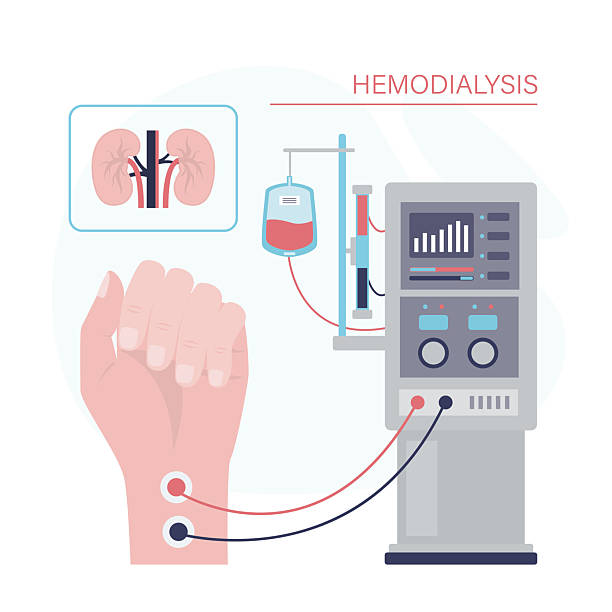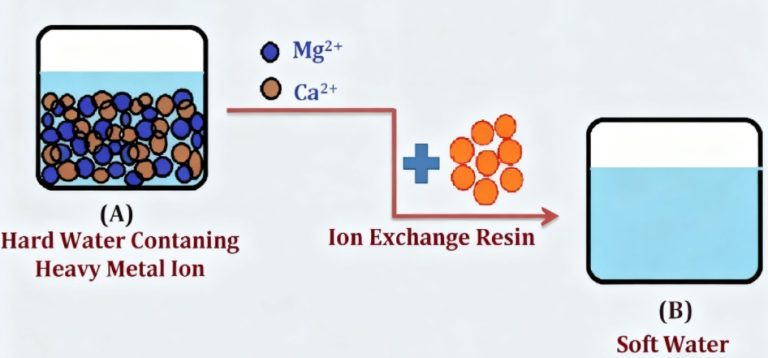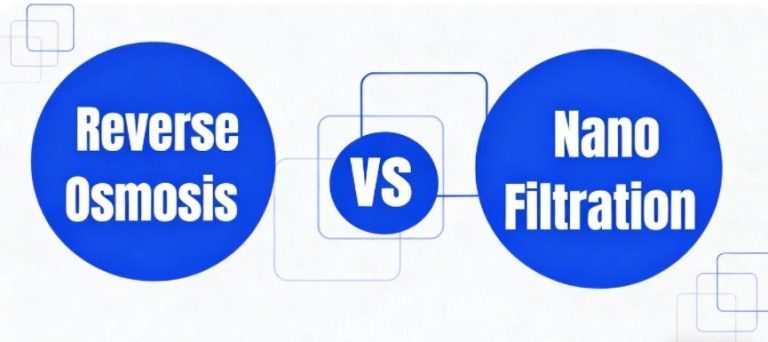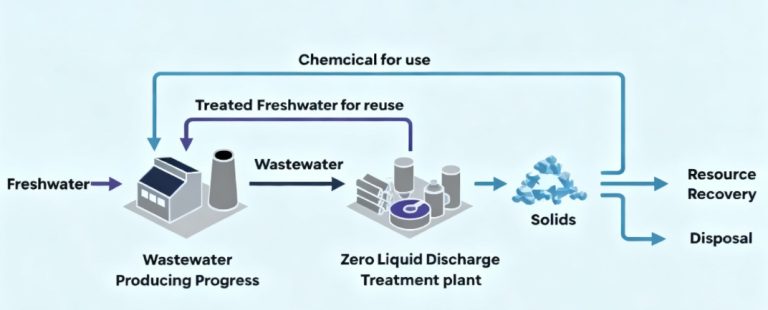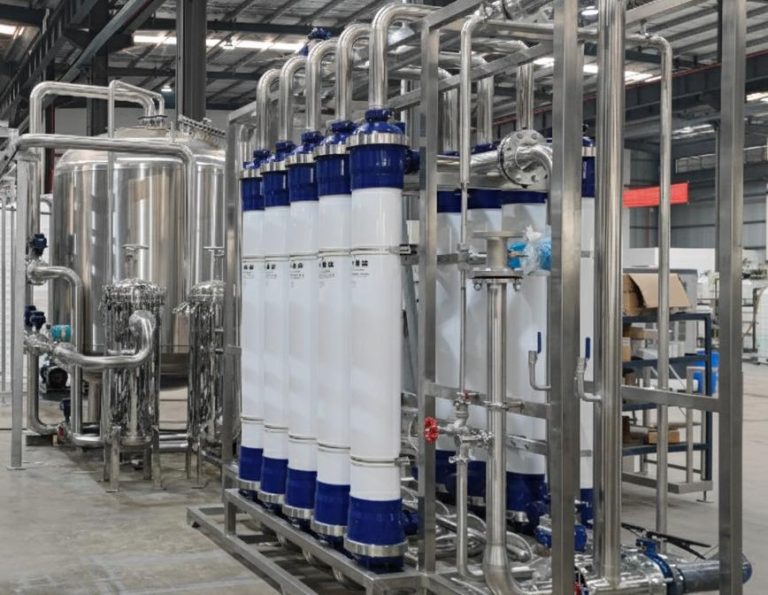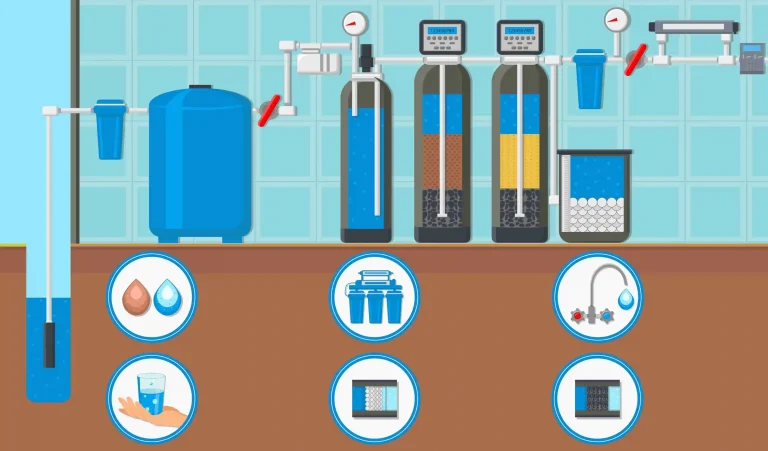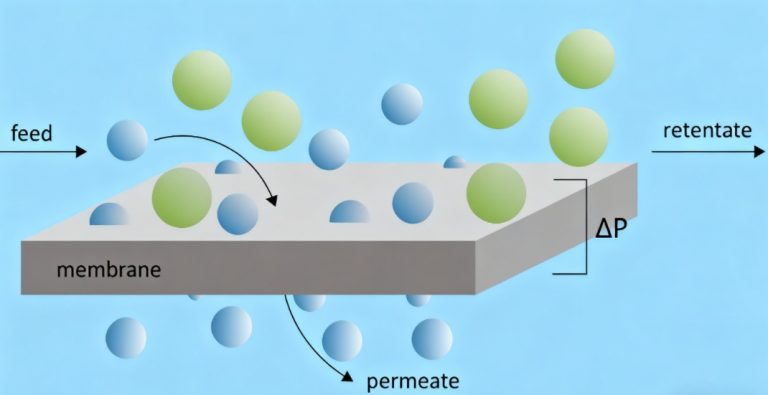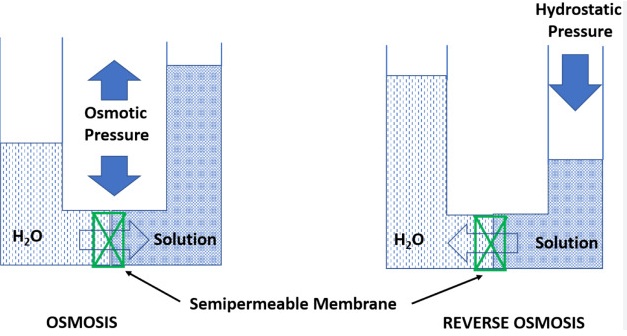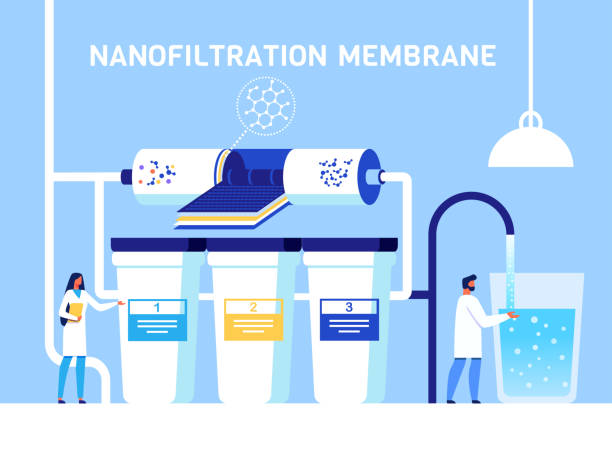How a Pure Steam Generator Works?
In industries such as food processing, pharmaceuticals, and healthcare that have strict requirements for aseptics, Pure Steam Generators (PSGs) are the primary equipment used to ensure safety in production. They convert purified feedwater into sterile, non-pyrogen free steam that meets strict standards like USP (United States Pharmacopeia), EP (European Pharmacopeia), and GMP (Good Manufacturing Procedures). The stability of…
